
If you want to provide exceptional customer service, the Zendesk support dashboard is a tool you don't want to miss. This cloud-based customer support platform is designed to help you manage your support operations more efficiently. With a centralized platform for managing customer inquiries, tickets, and feedback, your support team can respond to customer queries promptly and effectively. Get ready to take your customer support to the next level with the Zendesk support dashboard.
What Is a Zendesk App?
A Zendesk app is a piece of software that extends the functionality of Zendesk, a customer service and support platform. Zendesk apps are designed to enhance the customer service experience by allowing users to integrate third-party tools and services directly into the Zendesk platform.
Zendesk apps can perform a wide range of functions, such as integrating with CRM platforms, social media networks, and project management tools. They can also provide additional features and functionality, such as chatbots, customer feedback surveys, and data analytics.
How Do I Use Apps in Zendesk?
Here are the general steps to use apps in Zendesk:
Browse the Zendesk Marketplace: The first step is to browse the Zendesk Marketplace to find the app you want to install. You can search for apps based on various criteria, such as category, functionality, and price.
Install the app: Once you find the app you want to use, click on "Install" to begin the process.
Configure the app: After installing it, you must configure it to work with your Zendesk account. Some apps may require you to enter API keys or other authentication information, while others may provide a configuration dashboard within Zendesk where you can set it up.
Access the app: Once installed and configured, you can access it within your Zendesk account. Depending on the app, it may be accessible from a specific interface area, such as the sidebar or top menu, or within individual tickets or chats.
Use the app: To use the app, simply click on the app icon or link within Zendesk. You may be able to perform a variety of actions, such as sending messages, gathering customer feedback, or accessing additional data and analytics.
Manage the app: You can manage your installed apps within Zendesk by selecting " Admin " and selecting "Apps." Here you can view all the apps you have installed, configure their settings, and uninstall them if necessary.
Here are the 11 Zendesk App that you can consider:
#1 Geckoboard

Geckoboard is an application that offers data visualization and live dashboard functionality. Linking with Zendesk can help teams track essential data on support metrics and performance.
Key Features and Benefits of using Geckoboard with Zendesk:
Real-time data: With its real-time data visualization capabilities, Geckoboard can display Zendesk support metrics, such as response time and customer satisfaction, in real-time.
Custom dashboards: Geckoboard allows teams to create custom dashboards that display data from multiple sources, including Zendesk. This will enable teams to see their data in one place.
Multiple data sources: Geckoboard supports integration with over 60 data sources, including Google Analytics, Salesforce, and Slack. This makes combining data from multiple sources in a single dashboard easy.
Easy to set up: Geckoboard's Zendesk integration is easy to set up, with no coding required. Teams can start tracking support metrics in just a few clicks.
Data-driven decision-making: With Geckoboard, teams can use data to make informed decisions about their support operations. By tracking key metrics in real time, teams can identify trends and make data-driven improvements to their support processes.
Customizable data visualizations: Geckoboard offers a wide range of customizable data visualizations, including bar charts, line graphs, and pie charts. This makes it easy to create custom dashboards that display data that is easy to understand and interpret.
#2 GoodData

GoodData is a business intelligence tool that can be connected to Zendesk to make it easier for teams to track and analyze support data. Teams can use GoodData to create reports and dashboards showing Zendesk data clearly and completely.
Pros:
Scalable platform
Allows for embedded analytics
Allows collaboration
Has strong security measures in place
Cons:
Complexity to set up and manage
Can be expensive
Steep learning curve for new users
Limited integrations
#3 Looker
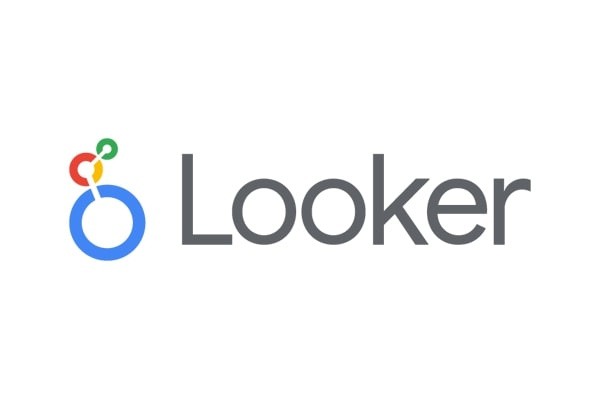
Looker is a business intelligence tool that can be linked to Zendesk to give information about how well customer service works and what trends are happening.
Pros:
User-friendly
Customized data models and reporting
Supports collaboration between teams and users
Wide range of data sources
Live Dashboard provides real-time data visualization
Cons:
Limited data storage
Requires careful data modeling to ensure that the data is accurately structured
May not integrate with all the tools that an organization needs
#4 ChartMogul

ChartMogul can be integrated with Zendesk to provide an in-depth analysis of your customer data, including subscription and revenue metrics.
Pros:
Requires minimal technical skills to use
Provides subscription management capabilities
Cons:
Focus on subscription-based revenue
Limited integrations
Not budget-friendly
Limited customization
#5 Tableau
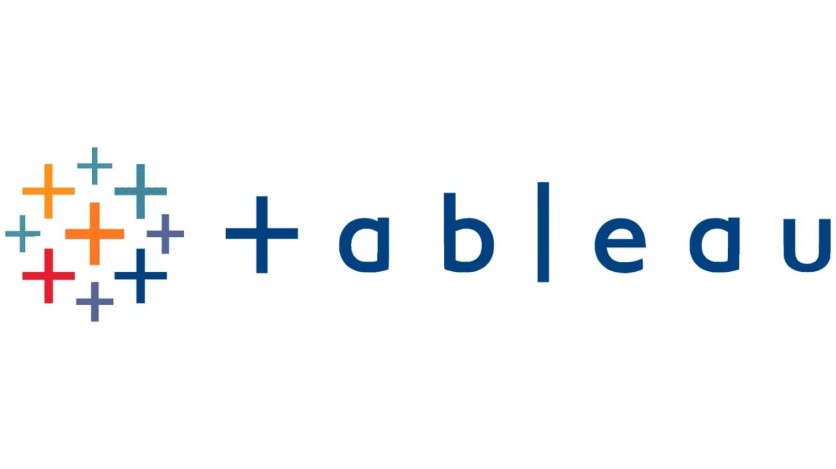
Tableau allows you to create interactive data visualizations that can be integrated with Zendesk to track support metrics and performance.
Pros:
Easy to use
Flexible
Makes it easy for teams to share data and collaborate on visualizations and dashboards
Handles large volumes of data
Cons:
A bit expensive
More complex analytics and data modeling
Limited support for unstructured data
Learning curve
#6 Power BI

Power BI is a business analytics tool that can be connected to Zendesk to give you insights into your support data and track performance metrics.
Pros:
Intuitive user interface and drag-and-drop functionality
Connects to a wide range of data sources such as spreadsheets, databases, and cloud-based platforms
Allows users to create custom visualizations, reports, and dashboards
Handles large volumes of data
Can scale to meet the needs of businesses of all sizes
Cons:
May not be the best fit for organizations that deal primarily with unstructured data
May require more technical knowledge
#7 Google Data Studio
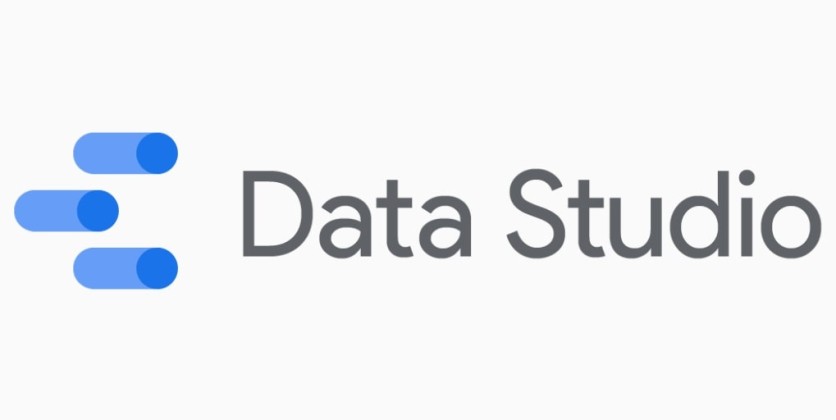
Google Data Studio allows you to create custom reports and visualizations integrated with Zendesk to display real-time support metrics.
Pros:
User-friendly interface
Customizable and flexible
Integrations with Google products
Allows multiple users to collaborate on a project
Free to use
Cons:
Learning to use all the features and customize the dashboards and reports to your needs can take some time
While Google Data Studio integrates with many Google products, it may not work as seamlessly with other data sources
As a free tool, support for Google Data Studio is limited
#8 QlikView
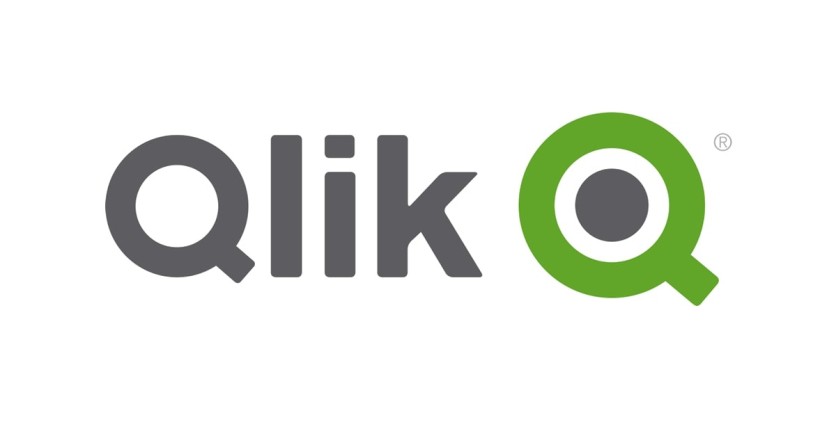
QlikView is a software solution that helps in discovering and visualizing data. It can be combined with Zendesk, which can provide helpful analysis of your support data.
Pros:
Powerful data visualization
In-memory data processing
Robust data integration
Advanced analytics
Cons:
High learning curve
May not be suitable for large organizations with complex data needs
Limited customization
Expensive
#9 Mixpanel
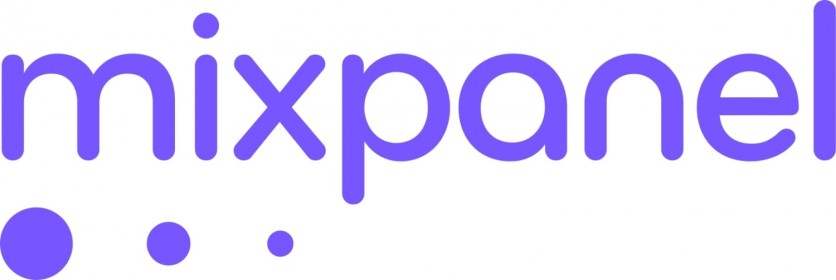
Integrating Mixpanel with Zendesk makes it possible to track and monitor customer interactions and behaviors and obtain valuable insights into support performance and trends.
Pros:
Event tracking
Funnel analysis
Allows users to track user behavior in real-time and make data-driven decisions
Allows users to create customizable dashboards tailored to specific business needs
Cons:
Users may find that support can be slow or limited regarding the number of available resources
Limited data modeling
#10 Periscope Data

Periscope Data provides the ability to develop personalized dashboards and reports, which can be incorporated with Zendesk to exhibit support metrics and KPIs in real time.
Pros:
Makes it easy to create and customize dashboards and reports
Robust data integration
In-depth analytics
Collaboration makes it easy to work on a report or live dashboard
Provides real-time data
Cons:
Some users may find them limited in the overall design and layout of the dashboards and reports
May not be suitable for large organizations with complex data needs
#11 Slemma

Slemma is a tool for creating dashboards and reports, which can be combined with Zendesk to offer valuable information about support metrics and performance. Slemma provides various data visualizations and can be integrated with several other data sources.
Pros:
Easy to use
Multiple data sources
Allows users to add custom logos and branding, as well as customize charts and dashboards with various design options, including themes, colors, and fonts
Multiple users can collaborate on the same live dashboard and share data with team members or external stakeholders
Provides advanced security features
Cons:
Limited integrations with third-party tools compared to some of its competitors.
Support options are limited to email and chat support
The pricing model may be prohibitive for small businesses or individuals
Zendesk support live dashboard is a powerful tool that helps businesses manage their customer support workflows more effectively. The dashboard provides a centralized platform for managing customer inquiries, tickets, and feedback, enabling support teams to provide timely and efficient customer responses. With automation, analytics, and integrations, the Zendesk support live dashboard can help businesses streamline their support operations and improve customer satisfaction.
ⓒ 2025 TECHTIMES.com All rights reserved. Do not reproduce without permission.




